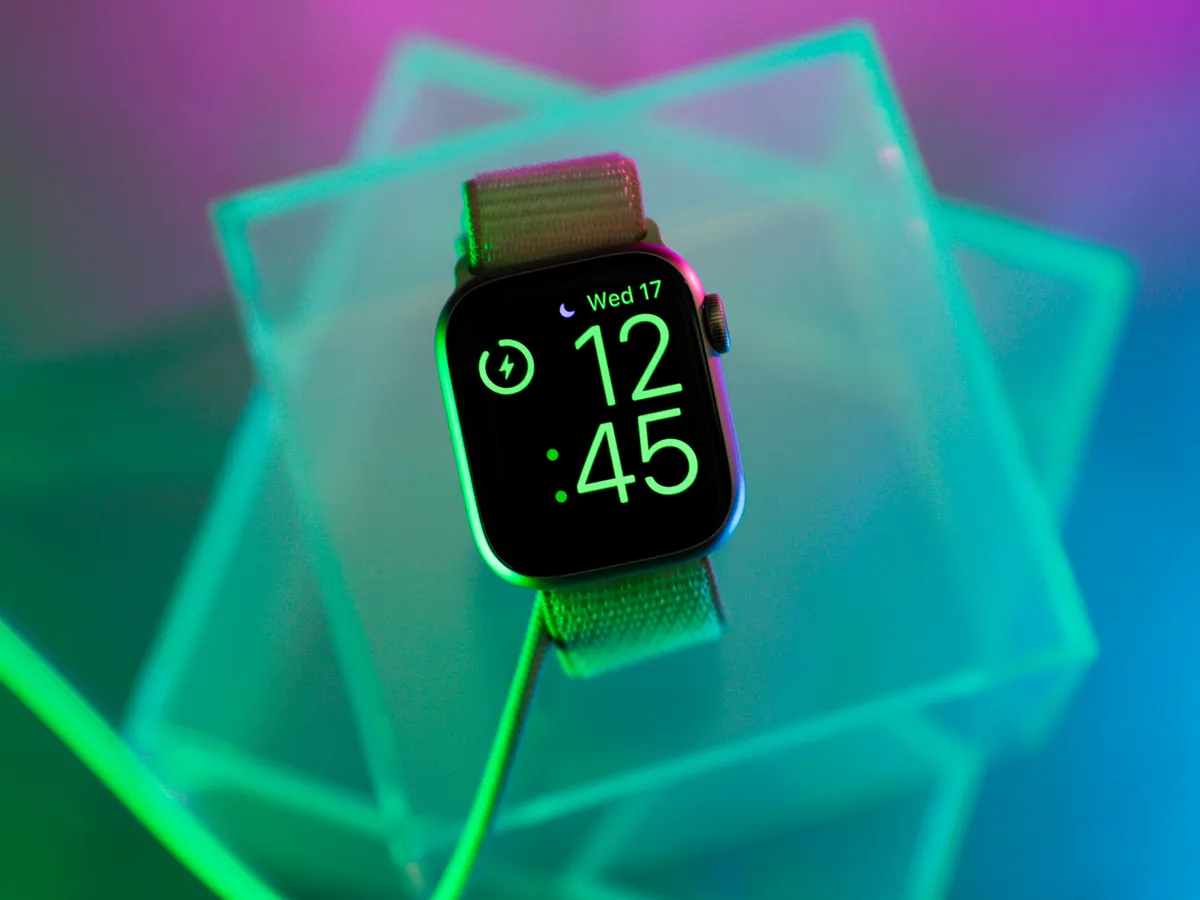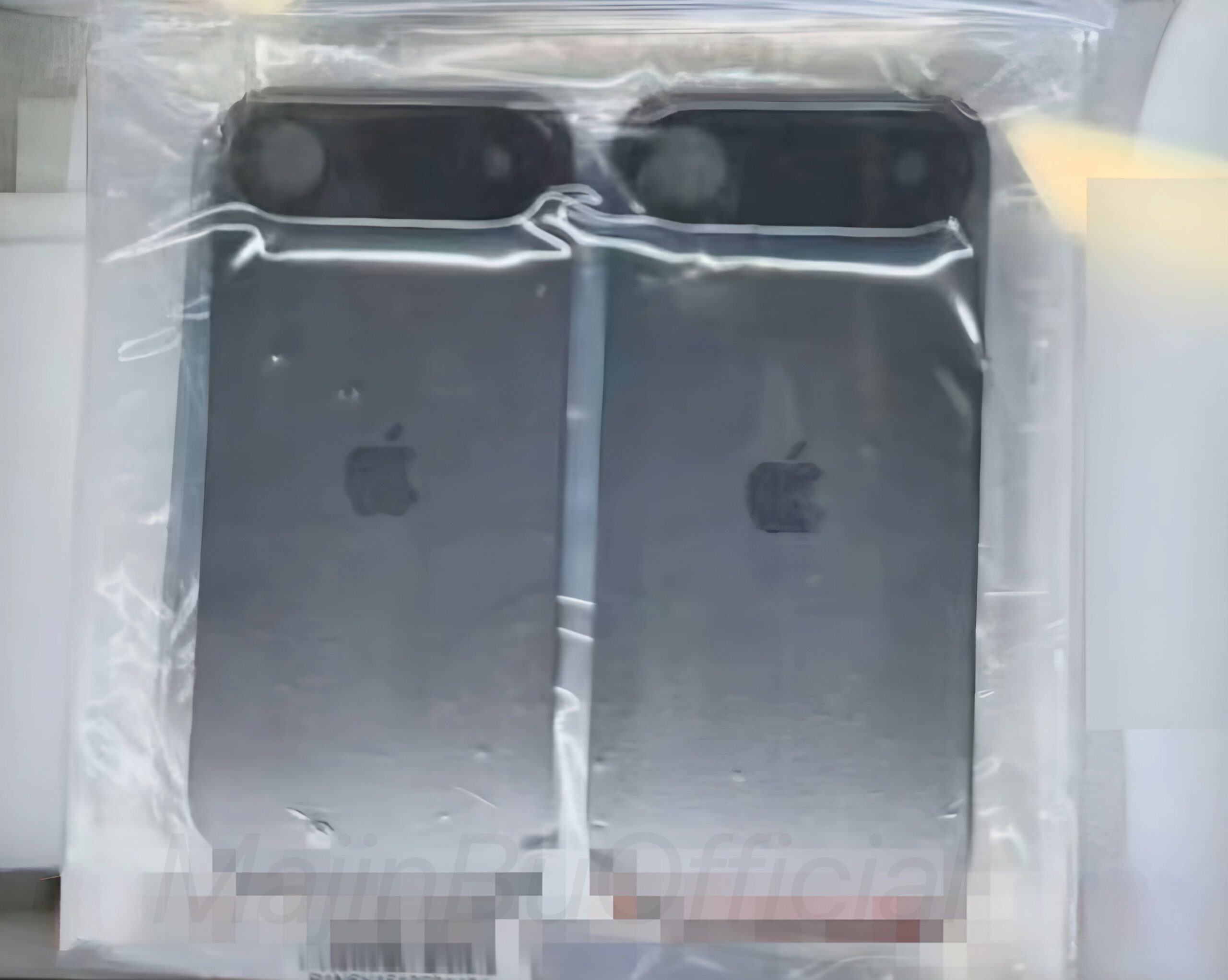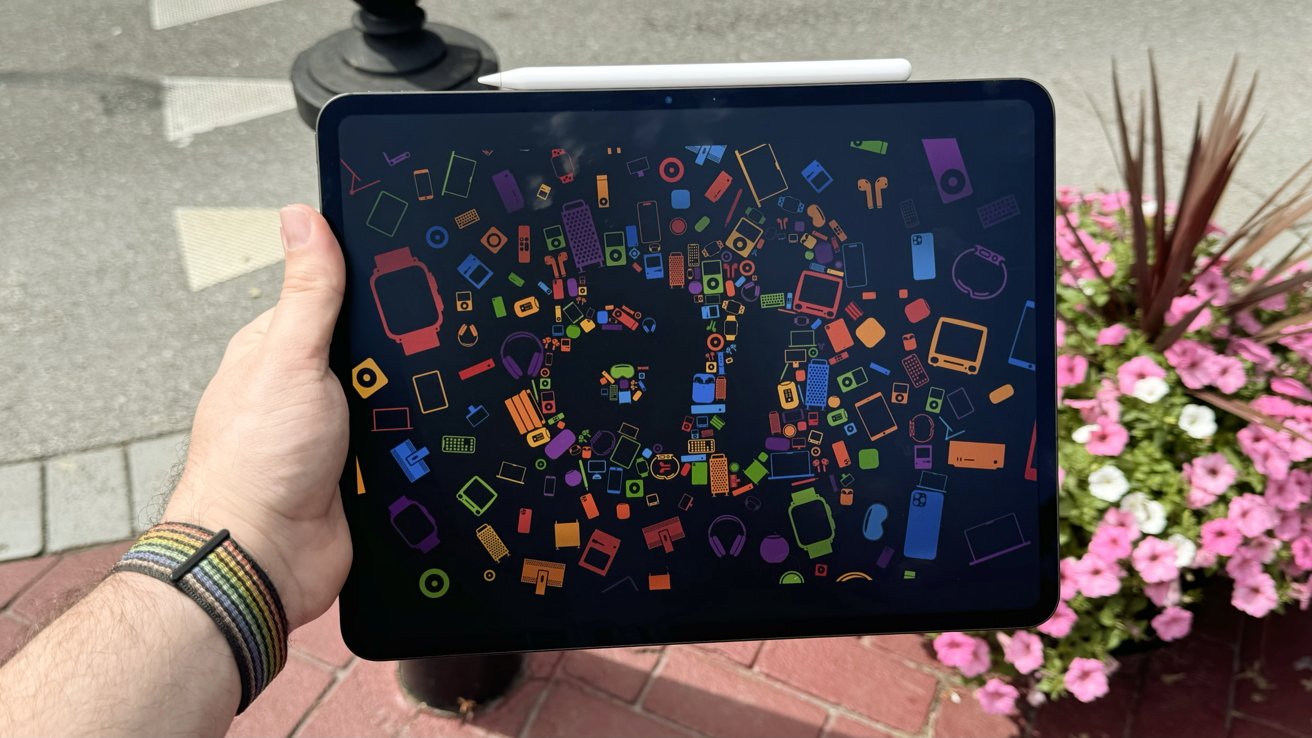Apple, in partnership with the University of Michigan, has shared new findings from the Apple Hearing Study, focusing on how noise levels spike during Super Bowl events. These insights come right before Super Bowl LIX, set to happen in New Orleans on February 9th.
Using data from more than 115,000 Apple Watch users through the Noise app, the research shows that noise levels during the last four Super Bowls were 1.5 to 3 decibels higher than on typical Sundays. Although 3 decibels might seem small, this increase means the sound energy doubles, posing a risk to our hearing.
The study found that noise was particularly loud in states hosting the Super Bowl or where teams playing were based. This suggests more people in these areas were watching the game in big, noisy groups.
Apple also pointed out some of its tech designed to protect your ears. The Noise app on the Apple Watch can warn you when sounds around you get too loud. Plus, the AirPods Pro 2 have a feature that helps lower the noise when you’re in a loud place, protecting your hearing while you enjoy the event.
This study reminds us to be careful with our hearing, especially during big celebrations like the Super Bowl.






